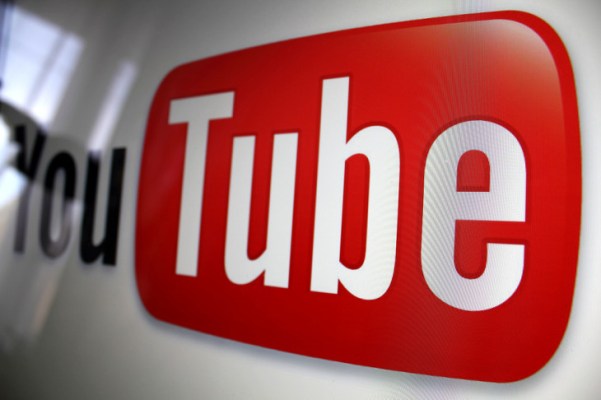YouTube today announced a significant change to its strike system — the penalty system used when YouTube’s reviewers identify a video has violated the site’s Community Guidelines. These strikes could be issued against videos containing nudity or sexual content, violent or graphic content, harmful or dangerous content, hateful content, threats, spam, scams or misleading metadata. In the past, YouTube’s penalties have been criticized for being unevenly applied and for being less than transparent — something YouTube now wants to change.
Before, YouTube had a “three strikes and you’re out” policy, but each strike had a different penalty. The first strike had resulted in a 90-day live-streaming freeze, while the second would result in a two-week freeze on video uploads.
Creators complained that these penalties didn’t match the source of the strikes.
With today’s changes, all strikes will now carry the same punishment: a temporary ban from YouTube activity, with the length of time increasing with the strikes.
Now, the first strike will result in a one-week freeze from YouTube activity, including the ability to upload video, live stream and other channel activities. The strike will expire in 90 days.
A second strike in that 90-day period will now result in a two-week freeze on the ability to upload videos. And the third strike in any 90-day period will result in the channel being terminated.
While these strikes are a bit tougher — they begin with bans on uploads, instead of just on live streaming — YouTube says getting to that first strike will be harder, as it’s also adding a warning system.
Before, the first violation resulted in a strike. Now creators will get a one-time warning with no penalty.
“We want to give you even more opportunities to learn about our policies, so starting February 25, all channels will receive a one-time warning the first time they post content that crosses the line, with no penalties to their channel except for the removal of that content,” the company explained in a blog post announcing the changes.
YouTube says the warning allows the creator the time to learn about its Community Guidelines so they can make content that complies with its rules.
The company will also offer more documentation and resources to help educate creators about its policies. It’s expanding the documentation in its Help Center to provide more details on what sort of things will result in strikes, including specific examples of common mistakes.
YouTube says it wants to be more transparent about its strikes, too. Before, creators may not have even been sure why their video was penalized. Now, YouTube will make it clear why the strike occurred, what it means for the channel and what next steps are available — including appealing the decision, if the creator believes the strike was issued in error.
To help with this, YouTube says it will make its email and desktop notifications clearer and they’ll include more details. It’s adding new mobile and in-product notifications, as well.
Only a small percentage of videos break the Community Guidelines, says YouTube — just 2 percent do.
But those that do are often high-profile examples of everything that’s wrong with YouTube and its platform — a platform which today incentivizes outrageous content over quality, at times.
YouTube has recently faced a number of controversies related to the videos posted to its site, including Logan Paul’s suicide forest debacle; PewDiePie’s anti-Semitic and racist content; videos involving child endangerment and exploitation; and other issues that have led to advertiser pull-outs and brand freezes.
This week YouTube came under fire for enabling a pedophilia ring to surface in videos’ comments, too. That goes to show that YouTube has to do better with policing not just the content of the videos themselves, but also the broader community.
The new system will go into effect on February 25, 2019.
